Hello,
I'm helping a family member sell a vintage Mac M0001. I want to describe it correctly, but I'm not that familiar with computers and could use some help from the experts! I think it is original 128k (never upgraded) which I understand would be more valuable. I am attaching photo of motherboard and internal view. Can anyone tell me what to look for to confirm whether it's been upgraded or not? Serial number indicates manufactured in 1984, week 30 in Fremont. Unfortunately the computer is not working at this time.
Thanks!
I'm helping a family member sell a vintage Mac M0001. I want to describe it correctly, but I'm not that familiar with computers and could use some help from the experts! I think it is original 128k (never upgraded) which I understand would be more valuable. I am attaching photo of motherboard and internal view. Can anyone tell me what to look for to confirm whether it's been upgraded or not? Serial number indicates manufactured in 1984, week 30 in Fremont. Unfortunately the computer is not working at this time.
Thanks!
Attachments
-
 2_Front.jpg167.7 KB · Views: 392
2_Front.jpg167.7 KB · Views: 392 -
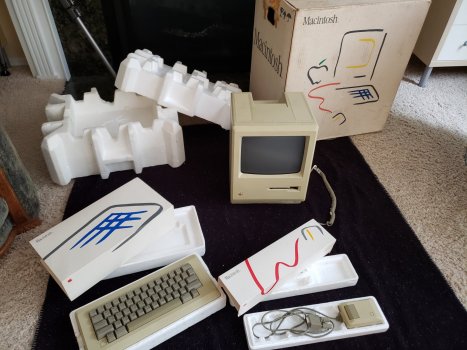 1_Ensemble.jpg411.9 KB · Views: 267
1_Ensemble.jpg411.9 KB · Views: 267 -
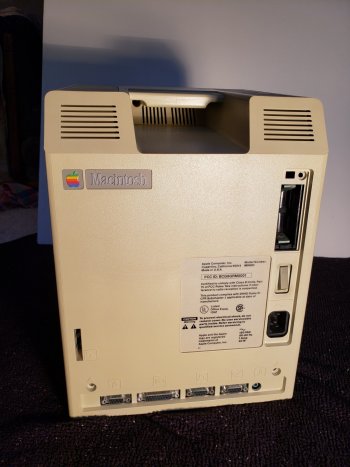 3_Back.jpg434.3 KB · Views: 359
3_Back.jpg434.3 KB · Views: 359 -
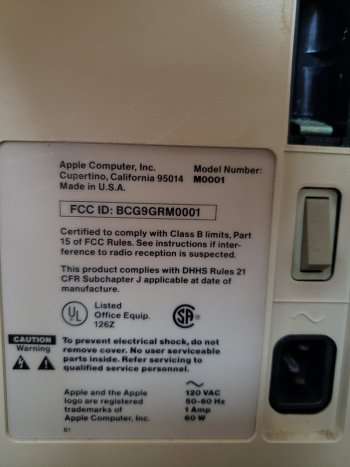 4_.jpg272.8 KB · Views: 218
4_.jpg272.8 KB · Views: 218 -
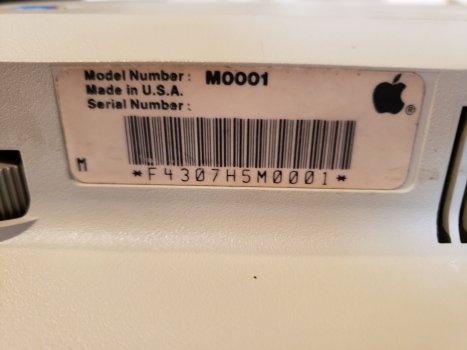 5_.jpg241.6 KB · Views: 241
5_.jpg241.6 KB · Views: 241 -
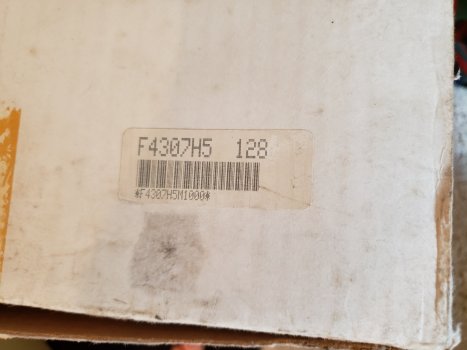 6_SN-box.jpg258.2 KB · Views: 212
6_SN-box.jpg258.2 KB · Views: 212 -
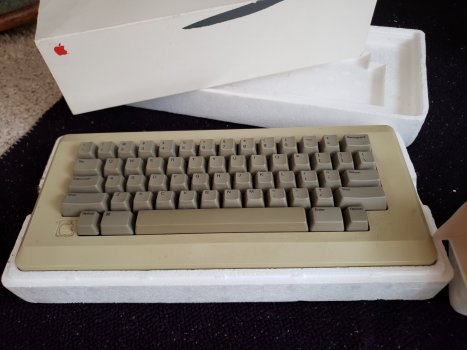 7_Keyboard.jpg286.1 KB · Views: 222
7_Keyboard.jpg286.1 KB · Views: 222 -
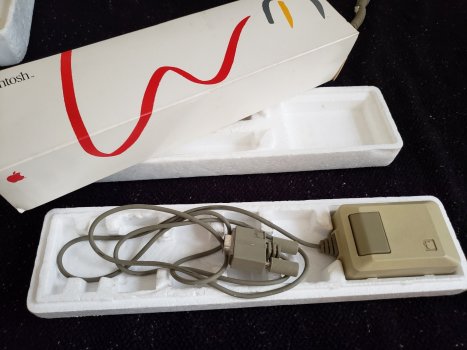 8_Mouse.jpg294.9 KB · Views: 198
8_Mouse.jpg294.9 KB · Views: 198 -
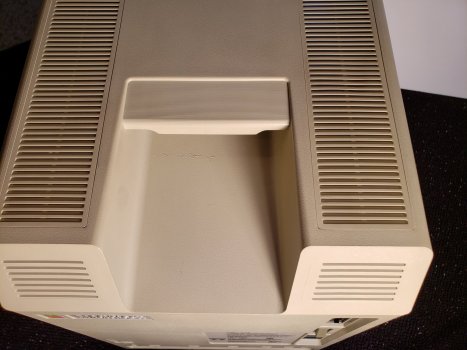 9_WDL.jpg491.4 KB · Views: 243
9_WDL.jpg491.4 KB · Views: 243 -
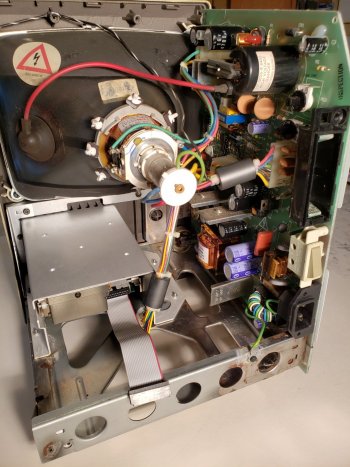 10_BackView1.jpg462.4 KB · Views: 230
10_BackView1.jpg462.4 KB · Views: 230 -
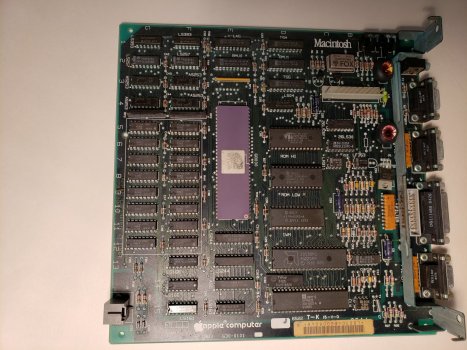 11_Mac128_Motherboard1.jpg612.7 KB · Views: 249
11_Mac128_Motherboard1.jpg612.7 KB · Views: 249 -
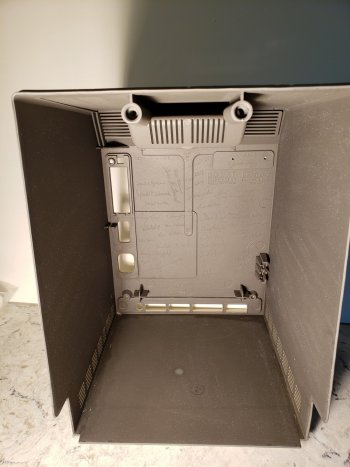 12_Signatures.jpg391 KB · Views: 222
12_Signatures.jpg391 KB · Views: 222 -
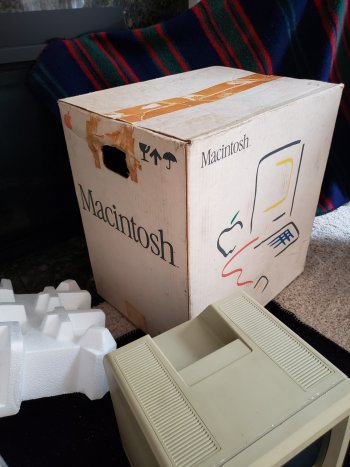 13_Box.jpg352.1 KB · Views: 208
13_Box.jpg352.1 KB · Views: 208

